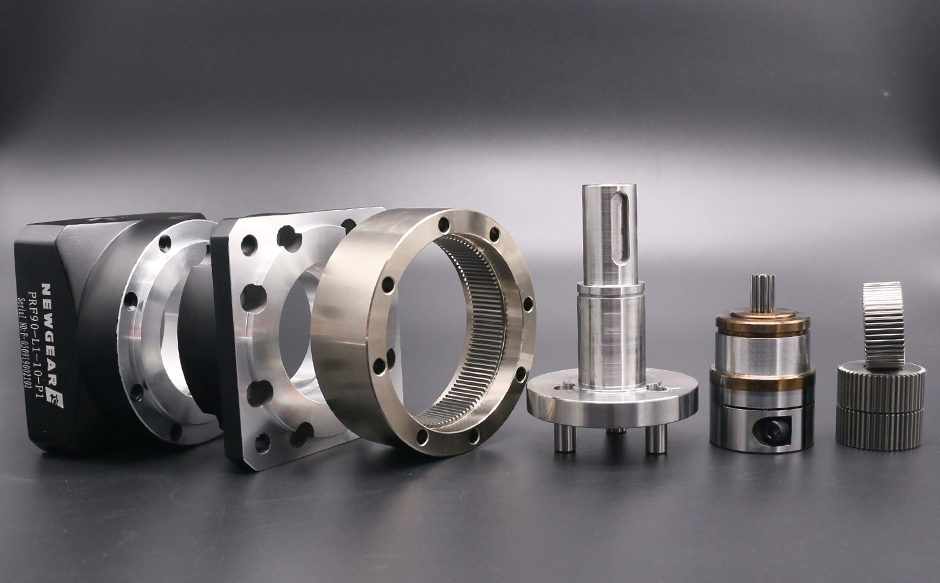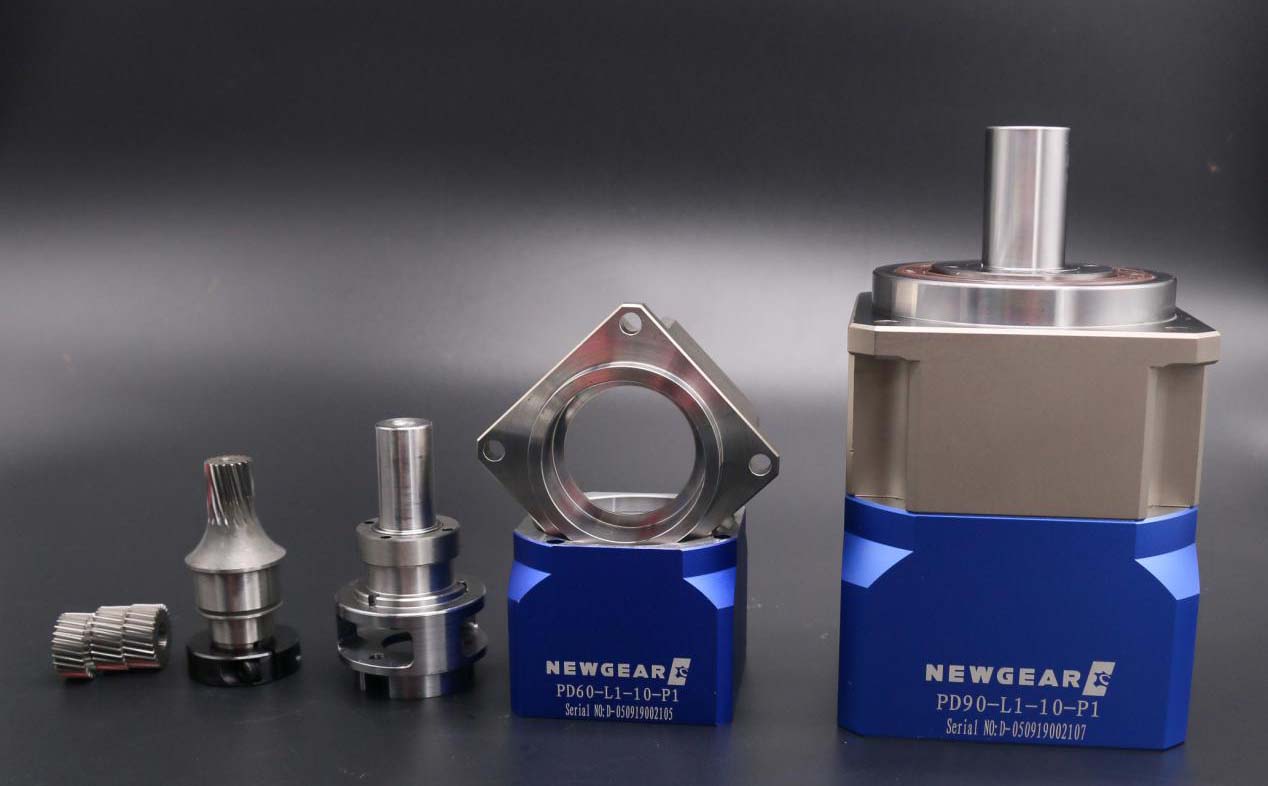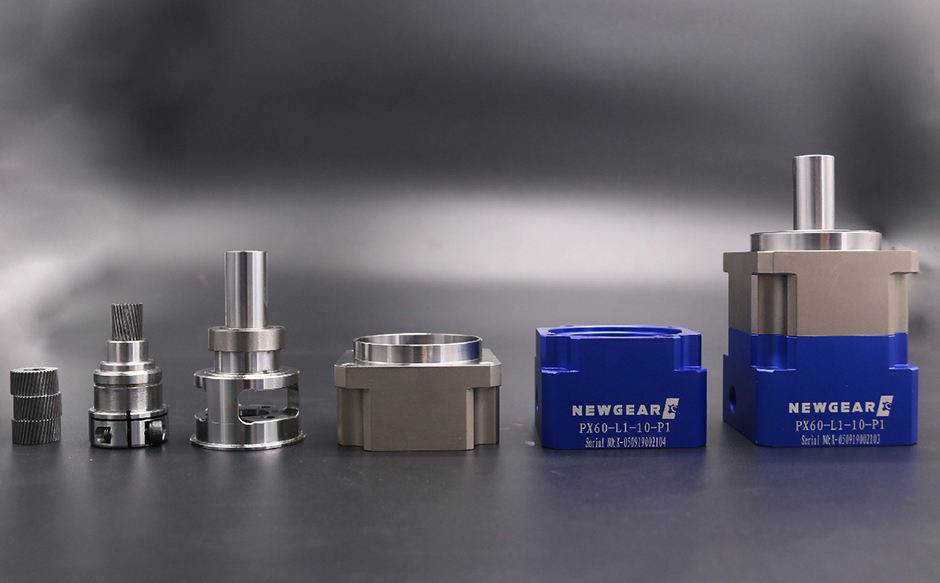The total weight of the planetary gear transmission device is generally proportional to the weight of the gear, and the weight of the gear has a strong correlation with the material and heat treatment hardness. For example, at the same power, the weight of the carburized hardened gear will be about 1/3 of the weight of the tempered gear. Therefore, according to the structural characteristics of planetary gear reducer and the load nature of gears, hardtooth surface gears should be widely used.

As is known to all, there are many heat treatment methods to obtain gear with hard tooth surface, such as surface quenching, integral quenching, carburizing quenching and nitriding. Admittedly, these methods are selected according to the characteristics of the planetary gear reducer. The following is a simple analysis of the internal heat treatment of planetary reducer gear.
1. Surface hardening
Common surface quenching methods are high-frequency quenching and flame quenching, the former for small size gear, the latter for large size gear. The surface hardened layer works best when it includes the base of the tooth root. The surface hardened tooth surface hardness can reach rockwell hardness 45~55.
2. Carburizing and quenching
Results the carburized and hardened gear has a relatively large bearing capacity, but the finishing process (gear grinding) must be used to eliminate heat treatment deformation to ensure the accuracy.
Carburizing hardened gears are usually made of alloy steel with a mass fraction of 0.2%~0.3% before carburizing, and the tooth surface hardness is usually 58~62HRC. If it is lower than 57HRC, the strength of tooth surface decreases significantly, while if it is higher than 62HRC, brittleness will increase. Gear heart hardness is generally 310~330HBW appropriate. The effective carburizing depth of gear hardness after carburizing and quenching is specified as the depth from the surface to the hardness of 52.5HRC.

